
Coat Change
Here’s how you can help your horse When the days start to get longer and spring arrives, we throw our thick winter coats into the basement and wait for the warmer weather. While we are ready for the change in
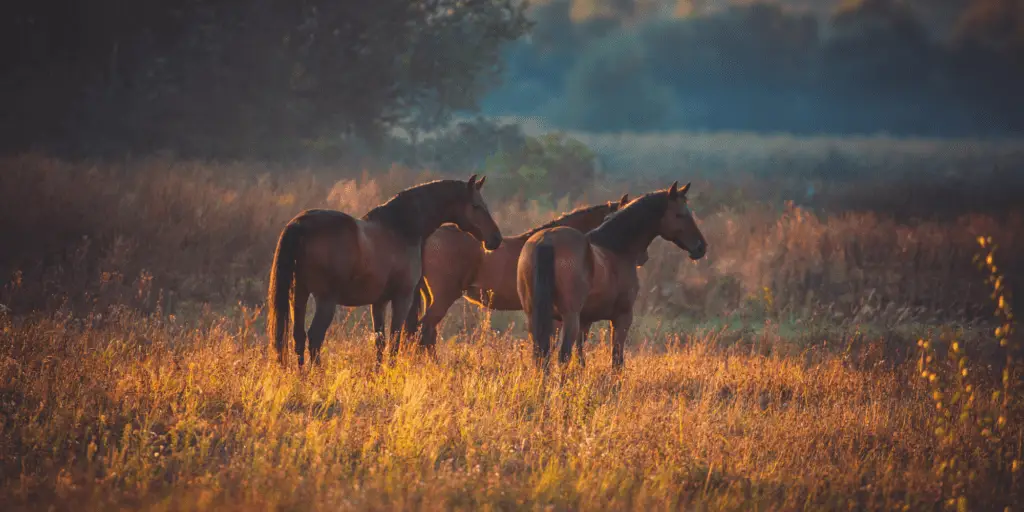
Horses are sturdy creatures, but they can be sensitive to extreme weather conditions. Here you can read about the impact of temperature and humidity on your horse and what measures to take to ensure your horse’s well-being.
The weather index for horses takes into account the combined effects of temperature and humidity on equine comfort and health. The sum of the temperature in degrees Fahrenheit (°F) and relative humidity is used to determine the weather index value. Depending on this value, specific precautions should be taken to protect horses from potential health risks associated with extreme temperatures.
When the weather index falls within this range, horses are generally comfortable and able to regulate their body temperature effectively. The comfort zone is typically between 40°F (4°C) and 77°F (25°C) with relative humidity ranging from 30% to 60%. During this range, horses can maintain their well-being without significant physiological stress. Less than 30% Humidity have no influence on your horse.
When the weather index rises above 150, horses are at risk of heat stress. This condition can lead to dehydration, exhaustion, and heat-related health issues. To protect horses during hot and humid weather:
a) Provide shade and fresh water: Ensure horses have access to shaded areas and ample, clean, and cool water at all times.
b) Limit strenuous activities: Avoid exercising horses during the hottest parts of the day. Schedule workouts during cooler hours, such as early morning or late evening.
c) Use cooling methods: If available, use fans or misters in barns or sheltered areas to help horses cool down.
When the weather index drops below 130, horses may experience cold stress. This can lead to hypothermia, frostbite, and other cold-related issues. To protect horses during cold and humid weather:
a) Provide adequate shelter: Ensure horses have access to a well-insulated stable, run-in shed, or windbreak to protect them from wind, rain, and snow.
b) Offer warm water and forage: Use heated water buckets or tank heaters to prevent water from freezing. Provide ample forage to help horses generate internal heat through digestion.
c) Use horse blankets: Consider using properly fitted horse blankets to provide extra warmth, especially for horses with thin coats or health concerns.
It’s essential to be aware of the weather index and its impact on your horse. Extreme temperatures, whether hot or cold, can pose risks to its health and well-being. By understanding the weather index and taking appropriate measures, such as providing shelter, water, and adjusting exercise routines, we can ensure the horse stays safe and comfortable throughout changing weather conditions.
Remember, individual horses may have varying tolerances to temperature and humidity, so it’s crucial to observe each horse’s behavior and adjust management practices accordingly. When in doubt, always consult with a veterinarian for personalized advice and guidance.
Horse breeds acclimated to specific climates, be it desert, cold, or temperate environments, exhibit remarkable adaptations that enable them to thrive in their respective habitats. From the endurance and stamina of desert-adapted breeds like the Arabian Horse to the cold tolerance and surefootedness of breeds like the Icelandic Horse, these equine companions showcase their resilience and adaptability. Temperate-adapted breeds such as the Thoroughbred and Andalusian offer versatility and endurance, making them well-suited to moderate climates.
Each breed’s unique characteristics demonstrate the deep connection between humans and animals, as they have been shaped by generations living in diverse climates. While these horses are well-adapted, it is essential to provide proper care, shelter, and attention to ensure their well-being in any extreme climate.
The Yakutian horse lives at -40°C in Siberia, where it is used as a riding and pack horse. There it has lived semi-wild for more than 800 years and is a true survivor with a winter coat up to 8 cm long.



Here’s how you can help your horse When the days start to get longer and spring arrives, we throw our thick winter coats into the basement and wait for the warmer weather. While we are ready for the change in
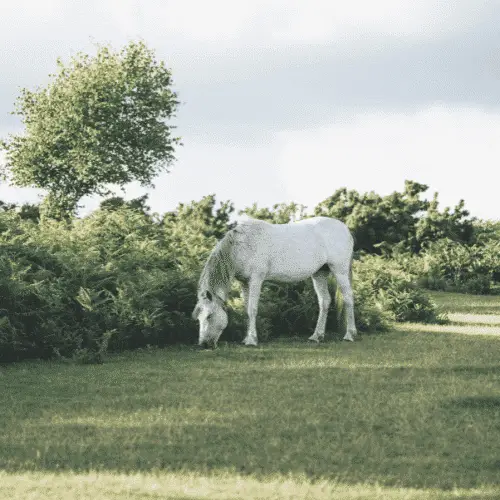
Everything About Symptoms on the Horse Body II Chart on Symptoms on the Horse Body How often do you wish horses could talk to you? Well, you know they can’t, but nevertheless your horse will give you signs when something

Equine asthma, also known as “heaves” or chronic obstructive bronchitis, is a common condition in horses. It is a chronic respiratory disease caused by inflammation of the airways. Symptoms of Equine Asthma: Horses with asthma show a variety of symptoms
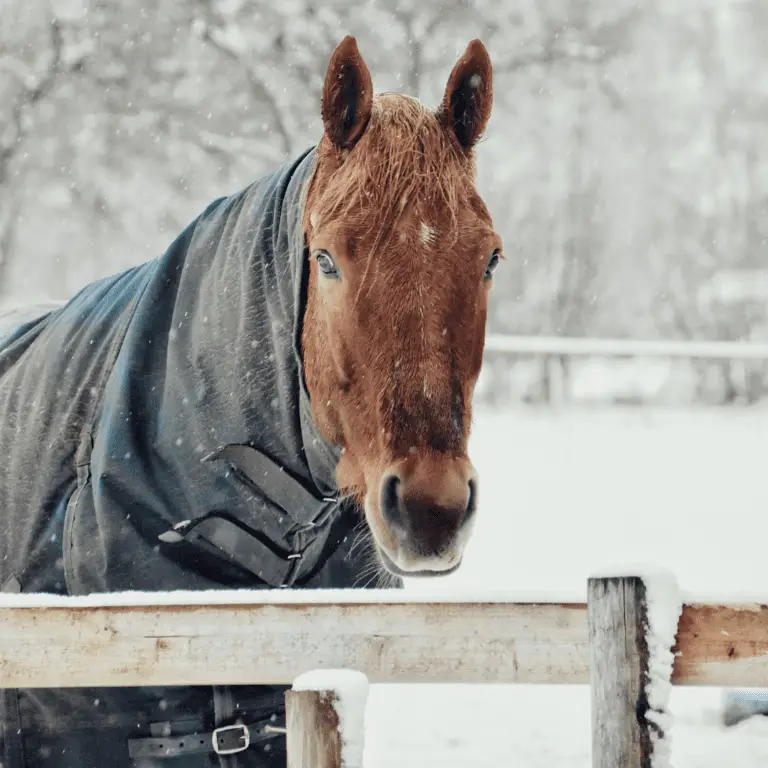
Are you over-rugging your horse out of concern? There are key factors you should keep in mind when using blankets for your horse during winter. During the winter season, most people automatically throw a rug on their horse, or so
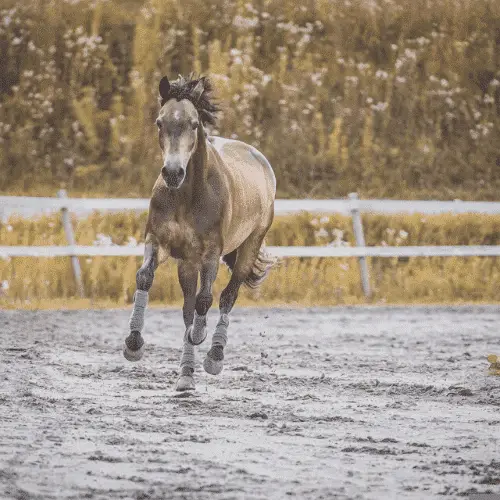
Constant Free Movement in Herds Can Help Against Obesity We always talk about how feed can affect a horse’s weight but feed is not the only thing that can and should be considered when helping a horse lose weight sustainably.
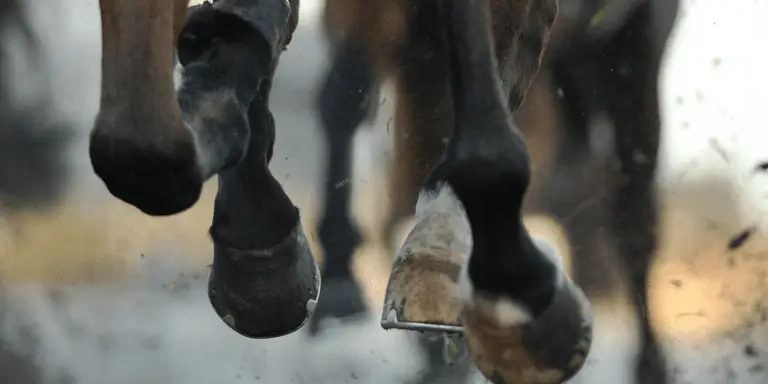
“No Hoof, No Horse.” The horse’s hoof represents a remarkable anatomical phenomenon. The horse rests practically all day on the tip of a single toe or finger. Hence the old adage, “No hoof, no horse.” There is no question that